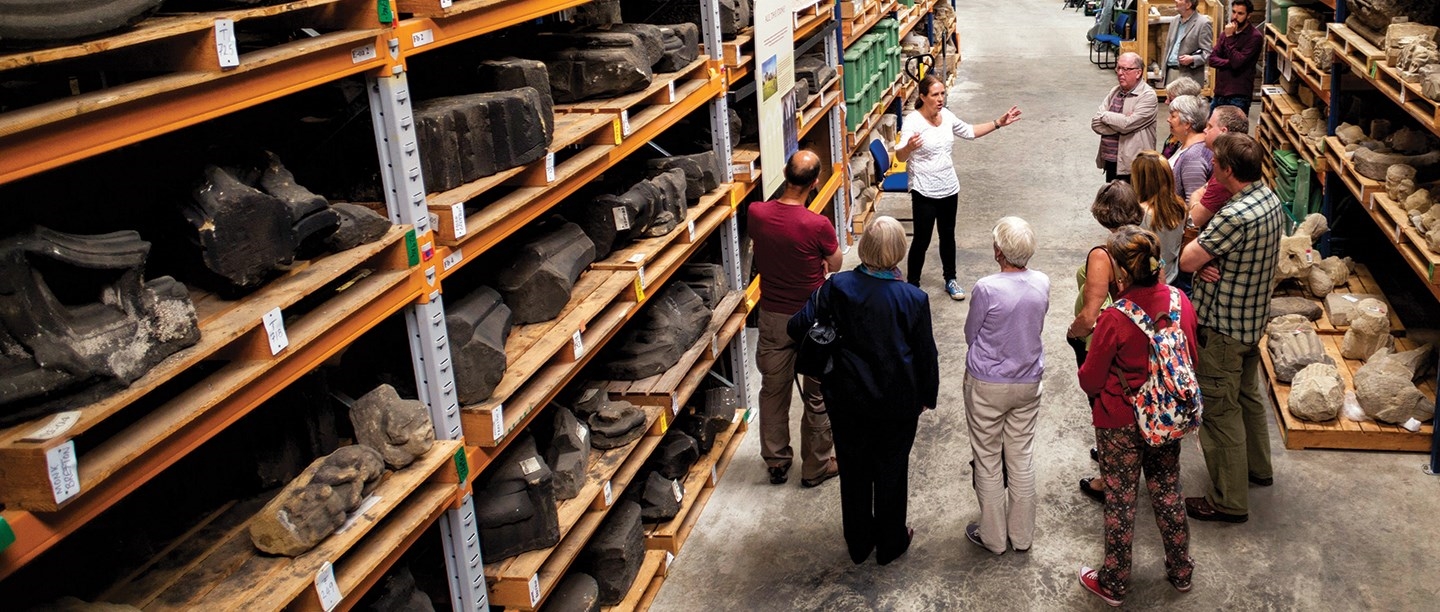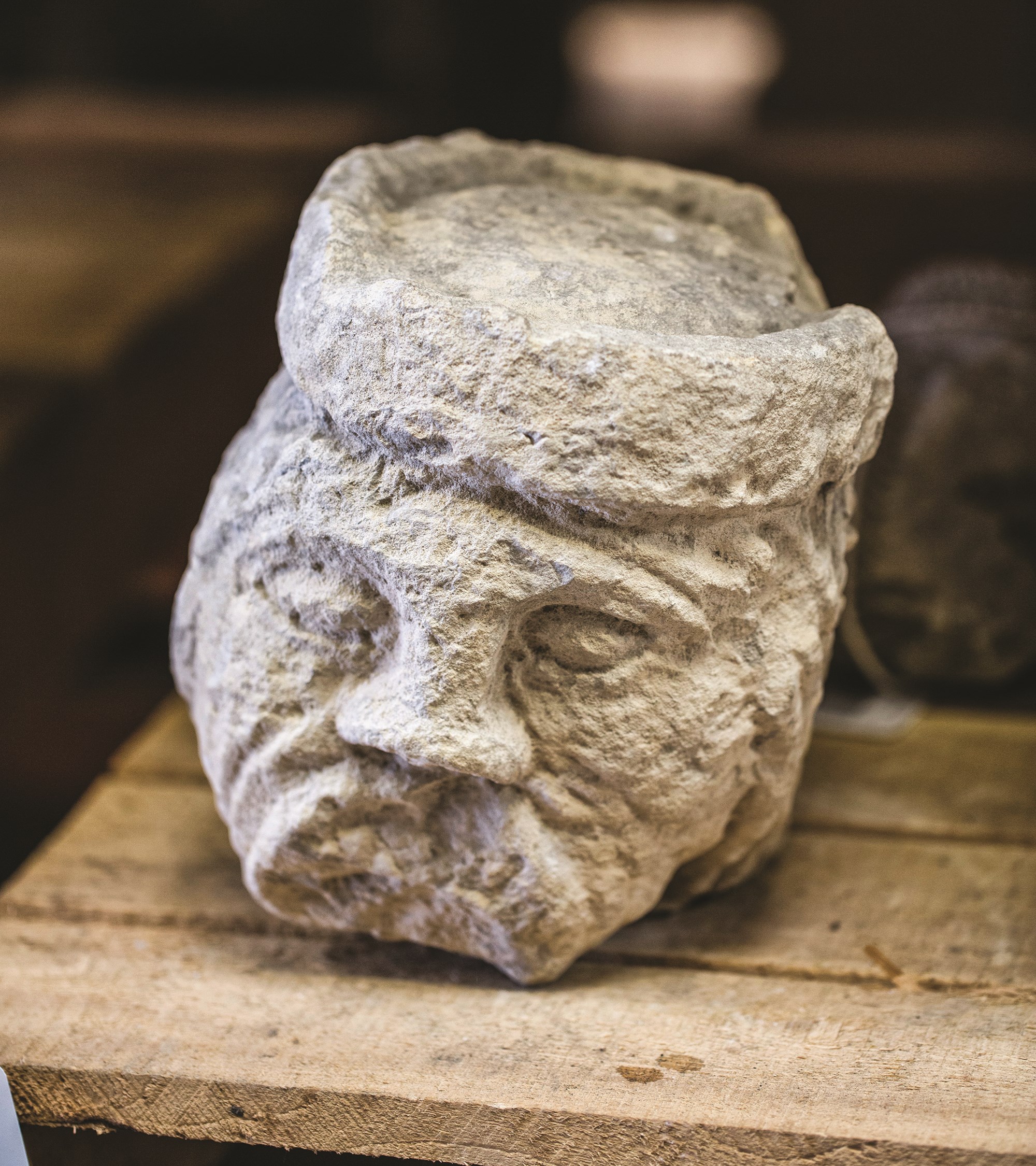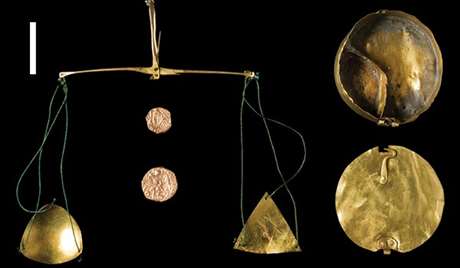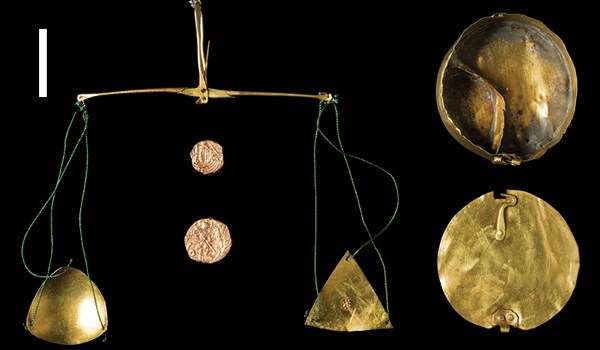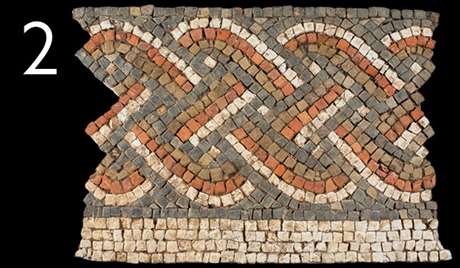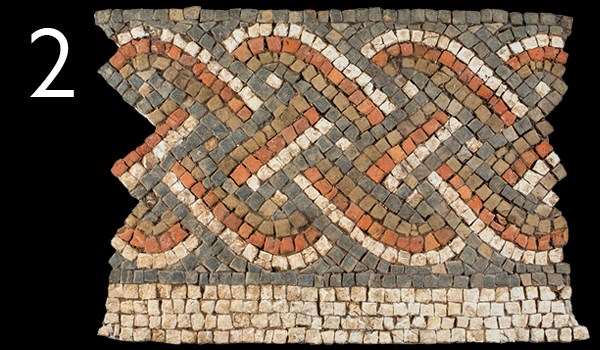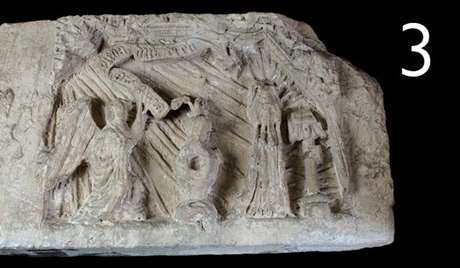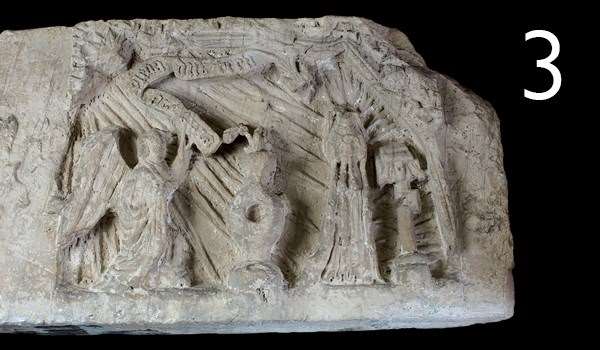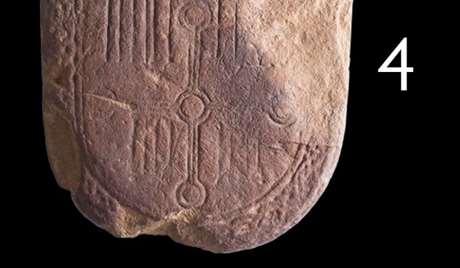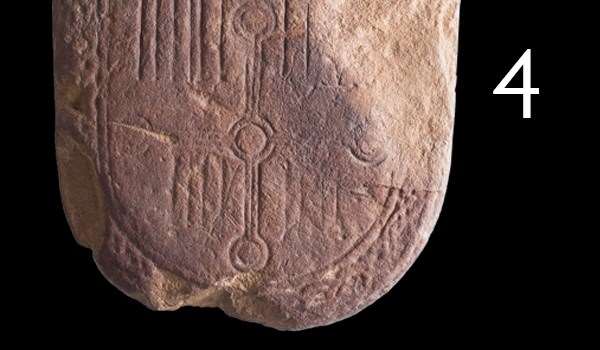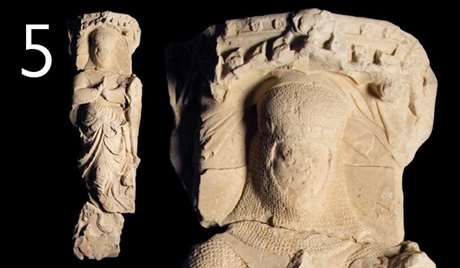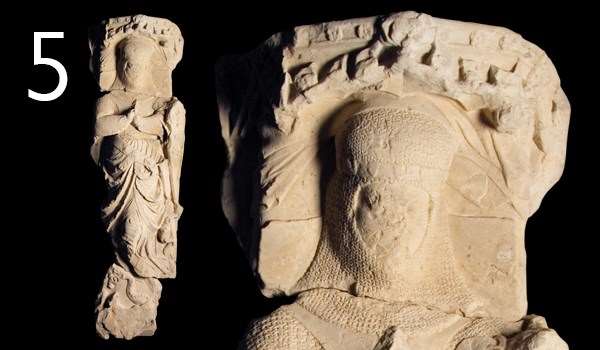House of Treasures
Helmsley Archaeology Store is English Heritage's northern equivalent of Aladdin's Cave and proof that treasures don't always come in elaborate boxes.
This unremarkable-looking, modern storage facility is located on the edge of the small North Yorkshire town of Helmsley. Its content, though, is spectacular, as a tour led by Collections Curator Susan Harrison demonstrated.
Inside, huge shelving racks are stacked with pallet after pallet of heads, statues, capitals, columns, arch stones, altars and querns, along with intriguingly labelled boxes of medieval tiles, marble fragments and even human bones.
Most of the objects, dating from prehistory to the Cold War, were collected after historic sites began to be cleared after the First World War.
Today, the store houses several hundred thousand objects that have been transported here from across northern England.
Tour of the Stores
On a tour of the storage facility, Susan showed us a statue, carved from magnesian limestone, that once stood at Fountains Abbey, along with a plaster cast taken after it was excavated in the 1850s.
The original was then placed back in its niche, where it remained for the next 131 years, before being taken into storage.
Carved stones excavated at Monk Bretton Priory near Barnsley in the 1920s occupy another set of racking. Susan explained that, once exposed to the air, the stones were covered in 'a lovely layer of South Yorkshire grime', which they have no intention of removing. 'Cleaning would impact on the surface and we'd lose detail, so we'd just have a piece of geology, not a piece of architectural masonry.'
Despite the mind-boggling array of objects, Susan effortlessly plucked out a succession of history-spanning gems, including stones from Howden Minster, a priest's effigy from Egglestone Abbey and cannon balls from Penrith Castle.
"Nothing is out of bounds - everything is accessible to researchers on request."
Susan Harrison, Collections Curator
Conserving the Objects
When new material comes into the store, the curators and volunteers ensure it's cleaned, before packing it for storage.
Least demanding is the stonework, which is hoisted on to the racks. Smaller objects, such as tiles, are packed in plastic boxes, whereas animal and human bones, which need to breathe, are stored in cardboard boxes.
The entire store building is telemetrically monitored to record humidity and temperature. 'The more stable an environment we can put our objects in, the less interventive work we have to do,' said Susan.
Everything in the collection is meticulously documented and entered on a national database. 'Nothing is out of bounds - everything is accessible to researchers on request,' added Susan.
Our tour ended with a look at some smaller objects, including a tiny set of merchant's scales retrieved from a drain at Roche Abbey. It was an appropriately quirky conclusion to our exploration of this unique treasure trove.
Explore More: RIEVAULX ABBEY MUSEUM
Just a short drive away from the store is Rievaulx Abbey, another English Heritage site, where around 10,000 objects have been rescued from its ruins. A selection of these are displayed in the Abbey's museum. Watch this video to find out what went on behind-the-scenes to get the display ready for its launch in 2016.
